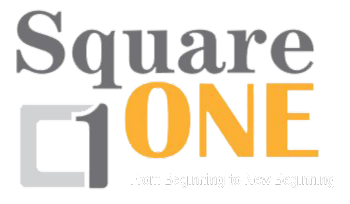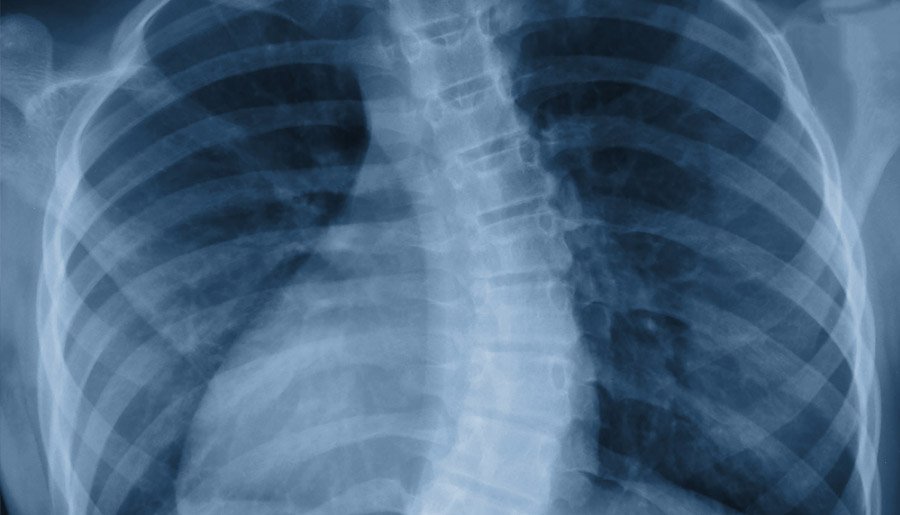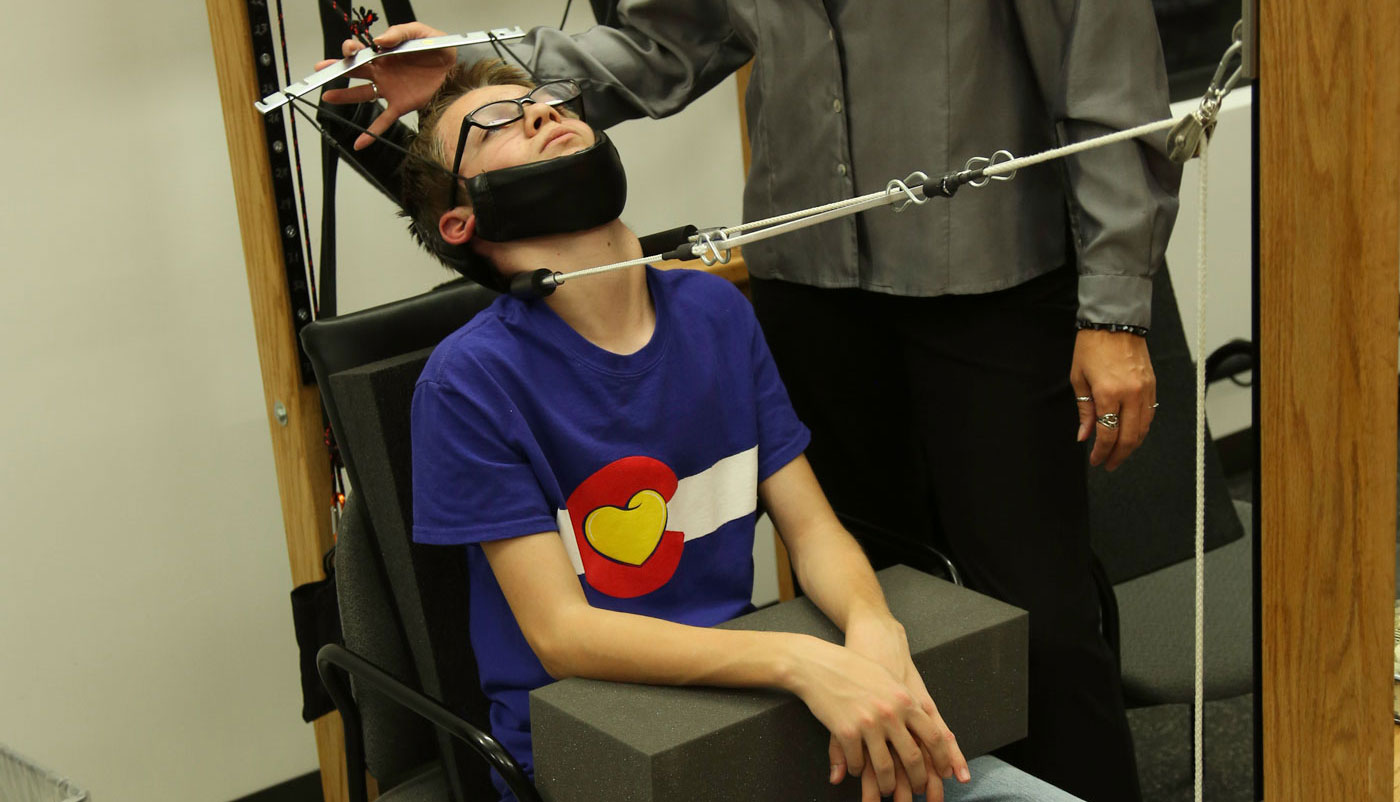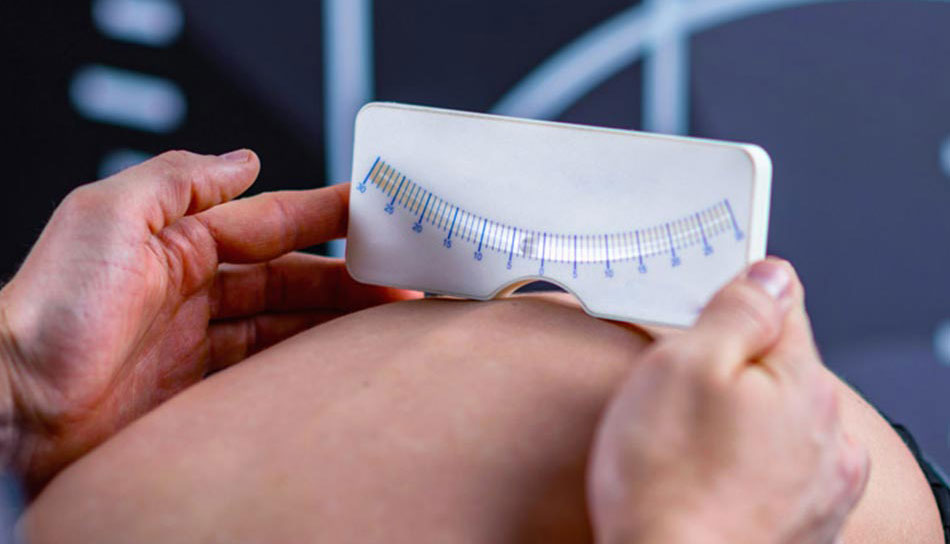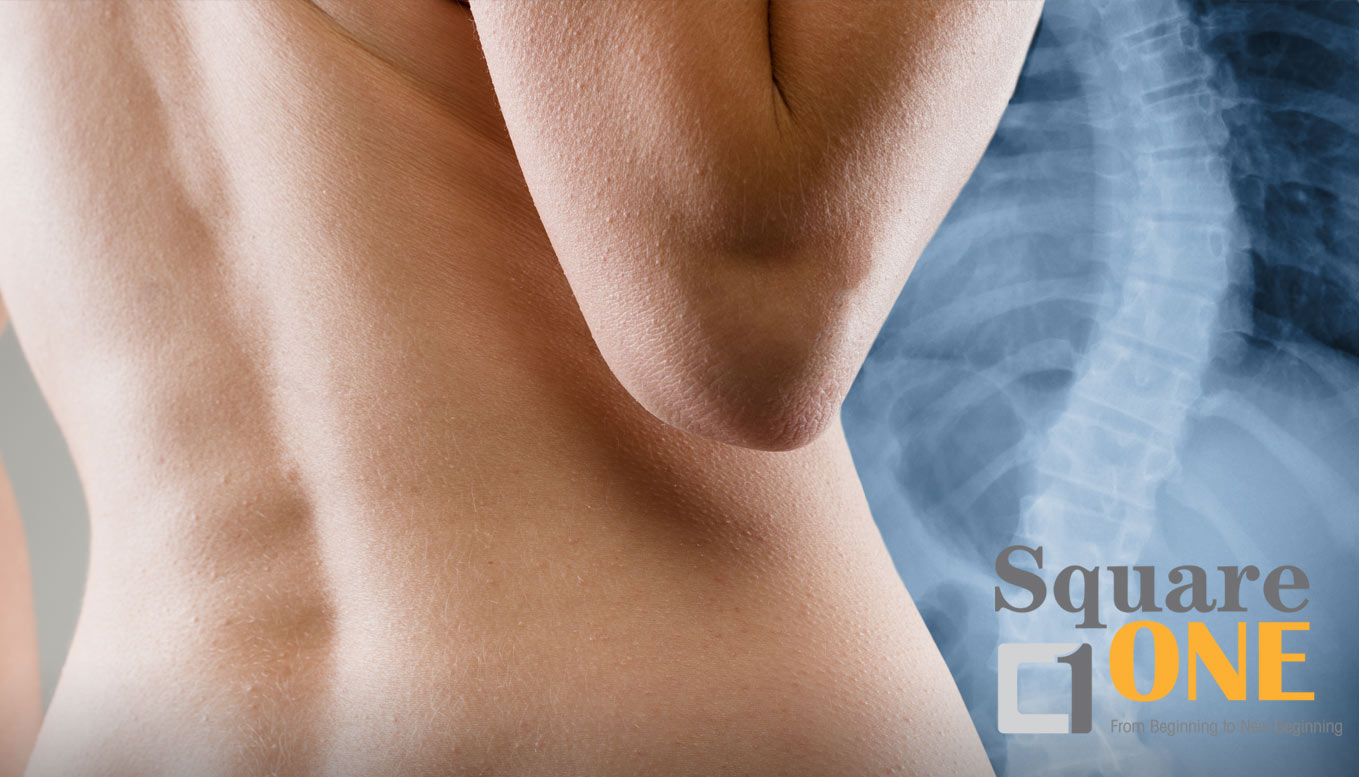Scoliosis Treatment in Fort Collins, CO
Can we help manage Scoliosis? (Take the quiz below)
Do you suffer from scoliosis pain? We offer Scoliosis Diagnosis, Treatment, and Care in Fort Collins, Colorado
Earlier scoliosis detection results in better long-term patient outcomes. Call and schedule today for a Free Exam and Consultation!
Scoliosis is a 3d spine deformity with 10° or more of lateral bending and rotation. Scoliosis can lead to undesirable cosmetic appearances, pain, decreased quality of life and decreased satisfaction with appearance. There are many types of scoliosis however the most common type is idiopathic scoliosis which does not have a known cause.
The risk of scoliosis increases rapidly between the ages of 10-12 in girls and 13-14 in boys.
Scoliosis also occurs with near equal frequency in both girls and boys. However, girls’ curvatures do tend to be larger and progress more than the curvatures found in boys. That being said, it’s still important to have all children screened for possible signs of scoliosis – no matter what their gender may be.
The Scoliosis Research Society recommends girls be screen at 10 & 12 yo and boys between the ages of 13-14 yo. Click Here To Learn More
The best way to catch the appearance of scoliosis during its early stages is through a simple scoliosis screening. Early scoliosis screenings leads to earlier detection, earlier treatment and better outcomes. Even more, statistics have shown that children who are not treated early for scoliosis are at greater risk of curve progression – due to the abnormal growth of the spine – and they frequently have decreased self-esteem and decreased satisfaction with personal appearance.
When to Screen for Scoliosis
Girls should be initially checked at the ages of 10 and 12, and boys should be screened between the ages of 12 and 14 – when growth spurts occur. At Square ONE, Dr. Chris Gubbels and our doctors trained in scoliosis treatments can perform a quick and painless scoliosis screening to detect any of the earliest signs of spine disfigurement.
At Square ONE our scoliosis treatments follow guidelines established by SOSORT (Society on Scoliosis Orthopedic and Rehabilitation Treatment), the international society on non-surgical treatment for scoliosis. Following these guidelines, our treatments can frequently prevent the progression and in some cases improve scoliosis curvatures
Scoliosis Can Go Undetected
Scoliosis can often go undetected or may be detected after further progression makes the symptoms more pronounced. One reason for this lag in detection time can be attributed to the age of occurrence, which happens at a time when children are bathing and dressing themselves and wearing loose or bulky clothing. Since parents are not taking close physical care of their children during these high-risk years, they may be less likely to notice the early symptoms.
And here’s a surprising fact: Dancers are 12.4 times more likely to develop scoliosis than other children their age. Gymnasts also experience a higher rate of scoliosis than the general population.
Scoliosis Screenings are 100% Safe
Early scoliosis screening is essential in treating young patients for undetected scoliosis conditions. If a scoliosis condition is left untreated, it can lead to asymmetries, pain and discomfort when sitting or standing, muscle weakness, and, in some cases, problems with vital organs. Early scoliosis detection opens the door for better monitoring, more treatment opportunities, including non-surgical options, and a better treatment result.
Children and teens can display several noticeable signs of scoliosis:
- Asymmetrical shoulders
- Prominent shoulder blade
- Rib hump
- Visible curve in spine
- Asymmetrical hips
- Asymmetrical waist
Earlier scoliosis detection results in better long-term patient outcomes.
How We Help Our Patients through Scoliosis Screening
The certified Scoliosis doctors at Square One can perform a simple scoliosis screening or other tests to detect any early signs or complications of this condition:
- Visual screening
- Physical assessment
- Postural evaluation
- Check for spine tenderness
- Measure standing vs. sitting height
- Hip examination
- Check for lesions, hair patches
- Check for other skeletal characteristics and flexibility
- X-ray
- MRI
Scoliosis Treatment
The level of scoliosis care that you receive is determined by the severity of your specific condition and curvature of the spine. Without treatment, scoliosis conditions can be expected to worsen over the long term.
For a mild curvature of the spine, we may recommend some rehabilitation or continued observation before any intervention techniques are used. Moderate curvatures of the spine may require scoliosis bracing. (See our page on ScoliBrace.) Severe cases may require use of the ScoliBrace or possible corrective surgery. And we may include several therapies or strategies in your treatment, including scoliosis rehabilitation and specific exercises.
The time to screen your child or adolescent in the at-risk age groups is now. The screening is simple and quick, and we’ll let you know right away if there is any need for further observation or testing.
Call Square One today for your FREE Scoliosis Screening.
Book With Us!
Let us help you achieve the health you deserve.
Ready to Get Started?
We believe in treating the whole person, not just the symptoms. We are here to provide personalized, integrated care that meets your unique health needs.
Quick Links
Types of Scoliosis That We Treat
Infantile Idiopathic Scoliosis
Infantile Idiopathic Scoliosis is a rare form of scoliosis that manifests in children under the age of three. Unlike other types of scoliosis, the term “idiopathic” implies that the specific cause of the spinal curvature is unknown. This condition involves an abnormal lateral curvature of the spine, often accompanied by vertebral rotation. Diagnosis is typically made through clinical evaluation and imaging studies, and early detection is crucial for effective management. While some cases may resolve spontaneously, others may require intervention such as bracing or, in severe instances, surgery. Close monitoring and a collaborative approach involving pediatricians, orthopedic specialists, and physical therapists are essential to ensure appropriate care and support for infants with this condition.
Juvenile Idiopathic Scoliosis (JIS)
Juvenile Idiopathic Scoliosis (JIS) is a form of scoliosis that manifests in children between the ages of 4 and 10. As with other idiopathic types of scoliosis, the exact cause is unknown. JIS is characterized by an abnormal curvature of the spine, often accompanied by vertebral rotation, and it is typically diagnosed through clinical examination and imaging studies. The condition may progress during the child’s growth spurt, making early detection crucial for effective management. Treatment approaches can include observation, bracing, and in some cases, surgery. A multidisciplinary approach involving orthopedic specialists, pediatricians, and physical therapists is often employed to monitor the progression of scoliosis, determine the appropriate intervention, and provide comprehensive care to ensure optimal outcomes for children with JIS.
Adolescent Idiopathic Scoliosis (AIS)
Adolescent Idiopathic Scoliosis (AIS) is the most common form of scoliosis, typically emerging during the growth spurt of puberty, between the ages of 10 and 18. As an idiopathic condition, the precise cause of AIS remains unknown. Characterized by a lateral curvature of the spine and often accompanied by vertebral rotation, AIS can vary in severity. Regular monitoring through clinical examination and imaging studies is crucial to assess the progression of the curvature. Treatment approaches range from observation for mild cases to bracing or, in more severe instances, surgical intervention to correct the spinal deformity. Chiropractors, physical therapists, and other healthcare professionals collaborate to tailor treatment plans, providing comprehensive care to adolescents with AIS to manage symptoms and promote spinal health during this critical period of growth and development.
Adult scoliosis
Adult scoliosis is a condition characterized by an abnormal curvature of the spine that develops in individuals aged 18 and older. Unlike scoliosis in adolescents, adult scoliosis is often the result of degenerative changes in the spine, such as arthritis, spinal disc degeneration, or uneven wear on the vertebral joints. This condition can cause pain, stiffness, and a noticeable curvature that may progress over time. Treatment options for adult scoliosis include physical therapy, pain management, and in some cases, surgical intervention to address severe deformities or alleviate persistent symptoms. The approach to managing adult scoliosis is highly individualized, taking into account factors such as the degree of curvature, the presence of symptoms, and the overall health of the individual. A multidisciplinary team, including CPB chiropractors and physical therapists, collaborates to tailor treatment plans that improve the quality of life and functional outcomes for adults affected by scoliosis.
What is scoliosis?
Scoliosis is a condition where the spine exhibits a lateral curvature of 10 degrees or more, often accompanied by vertebral rotation. It can affect appearance, cause pain, and lead to a decreased quality of life. The most common type is idiopathic scoliosis, which means it has no known cause.
When should children be screened for scoliosis?
The Scoliosis Research Society recommends that girls be screened at ages 10 and 12, and boys at ages 13 and 14, to catch the appearance of scoliosis during its early stages. Early detection leads to better outcomes.
How is scoliosis detected?
At Square One, we perform a painless scoliosis screening which includes a visual screening, physical assessment, postural evaluation, and may include imaging studies like X-rays or MRIs if necessary.
How long will I need to undergo treatment, and what is the long-term outlook?
The duration of your treatment will depend on the severity of your condition and the underlying cause. Our team is committed to providing ongoing support throughout your recovery journey, with a positive long-term outlook for managing neuropathy.
Is scoliosis screening safe?
Yes, scoliosis screenings are 100% safe and are crucial for detecting scoliosis early, which can prevent progression and lead to better treatment outcomes.
Why is early detection important?
Early detection of scoliosis can prevent curve progression, decrease the risk of self-esteem issues, and increase satisfaction with personal appearance. It opens the door for more treatment opportunities and better monitoring.
Who is at risk of developing scoliosis?
Scoliosis can occur in both girls and boys with near equal frequency. However, girls are more likely to have larger and more progressive curvatures. Children who are dancers or gymnasts may also have a higher risk.
What treatments does Square One offer for scoliosis?
We offer non-surgical treatments following SOSORT guidelines, which can include rehabilitation, specific exercises, and the use of ScoliBrace for moderate to severe cases. Our approach is tailored to the severity of the condition and the specific needs of the patient.
Can scoliosis be cured?
While some mild cases may not require significant intervention, the goal of treatment is often to manage symptoms and prevent progression rather than cure the condition. Our treatments aim to improve quality of life and functional outcomes.
Do you treat all types of scoliosis?
Yes, we treat various types of scoliosis, including Infantile Idiopathic Scoliosis, Juvenile Idiopathic Scoliosis (JIS), Adolescent Idiopathic Scoliosis (AIS), and Adult Scoliosis. Our treatments are customized based on the type and severity of scoliosis.
